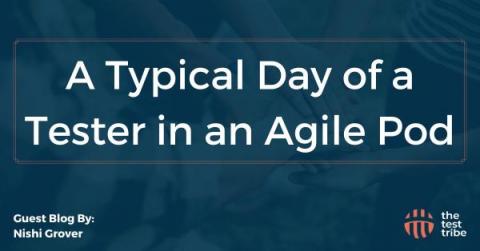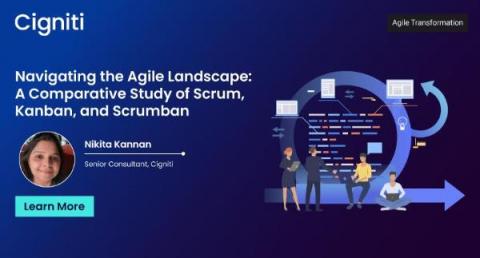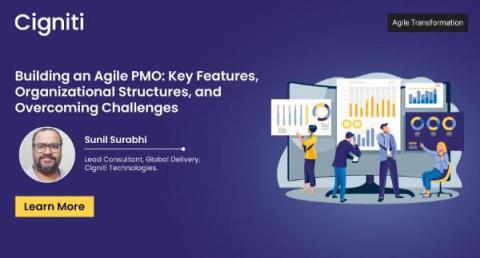Testing - An 11-Year Odyssey
Agile was once the high school cool kid that everyone either wanted to be or be with. Now, it’s the valedictorian leading the software development class. DevOps didn’t just join the party; it became the DJ, setting the tempo for developers and testers alike. The good ol' days of ‘Us vs. Them’ are so yesteryear.











